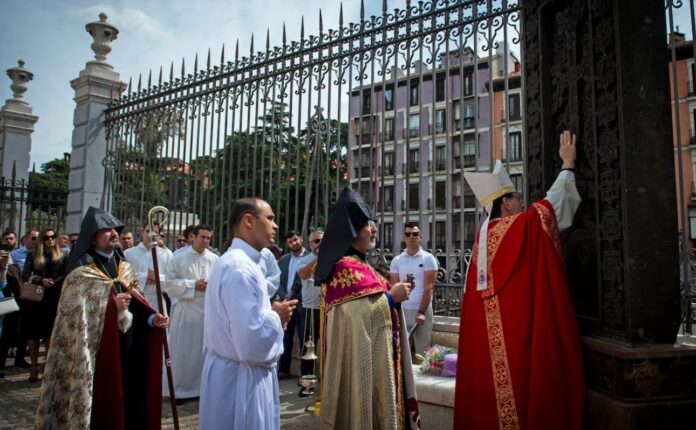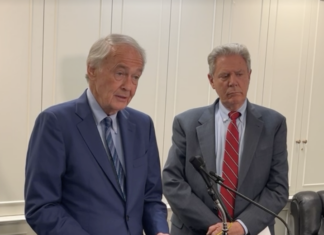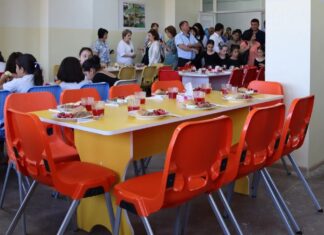MADRID — During the Feast of Pentecost, on Sunday, May 19, an Armenian khachkar (a cross stone) was blessed and consecrated in front of Almudend Cathedral of Madrid by Archbishop Khajag Barsamian – Pontifical Legate of Western Europe and the Representative of the Armenian Church to the Holy See – along with Cardinal Jose Cobo Cano of Madrid. Also assisting was Father Shnorhk Sargsyan, Vicar of the Pontifical Legate in Spain and Portugal. Others present included Ambassador of Armenia Sos Avedisyan, the deputy mayor of Madrid, and members of the Armenian community.

The khachkar, brought from Armenia as a gift of the Armenian community of Spain to the Cathedral of Madrid, represents its gratitude to Spain and its Catholic Church.
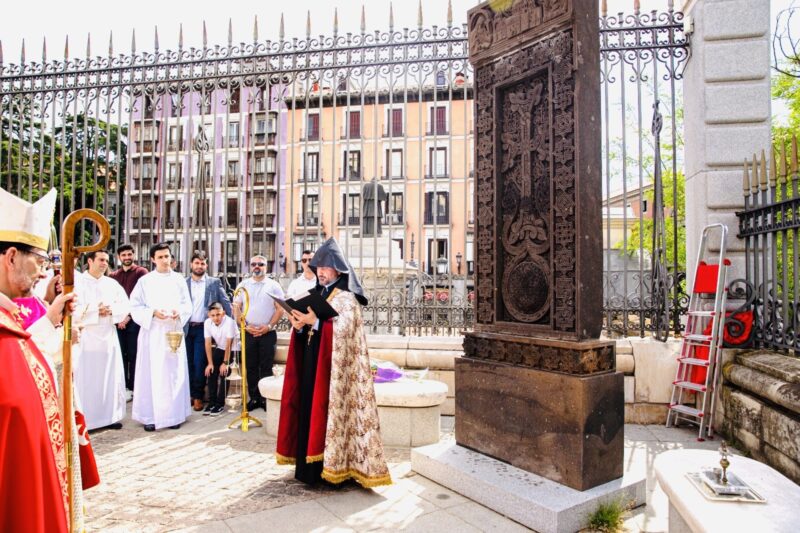
After the blessing of the khachkar, the celebration of Pentecost Liturgy took place in the cathedral, presided over by the cardinal of Madrid.

Cardinal Jose, at the beginning of his sermon, expressed his welcome to Archbishop Khajag and to Father Shnork saying: “We embrace the entire Armenian community with whom we have gathered, with the gesture of the cross, and with thanks to the Ambassadors, the diplomatic corps, and Mr. Borja Fanjul – who accompanies us in this mass from the Madrid City Council – and has also done so during the blessing of the Armenia cross stone. Like any cross, the one being blessed today is a sign of peace and unity, so that we may be prepared to embrace our diversities, while thanking the Armenians for their resilience and bravery over the centuries in carrying the cross of the Lord.”
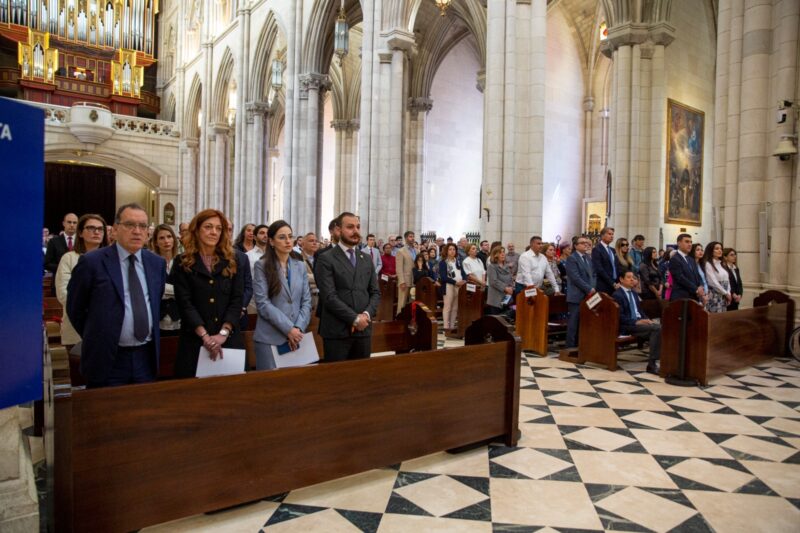
At the conclusion of the celebration of the mass, Archbishop Khajag conveyed the greetings of Catholicos of All Armenians Karekin II and expressed his thanks for the cardinal’s warm welcome. He continued: “Amidst the rugged landscapes and ancient monasteries of Armenia, one finds the khachkar, or cross-stone, as a enduring symbol of Armenian culture. Carved from solid stone, these monuments serve as more than just markers of time. They are profound expressions of faith, heritage, and artistry. The tradition of crafting khachkars dates back over a millennium – with the earliest known examples being traced to the 9th century. At the heart of every khachkar lies the cross – its most striking feature.
“From the early days of Christianity, the cross has stood as a timeless symbol for both Catholic and Armenian churches – a perpetual symbol of our Christian faith which embodies love, sacrifice, and redemption.



